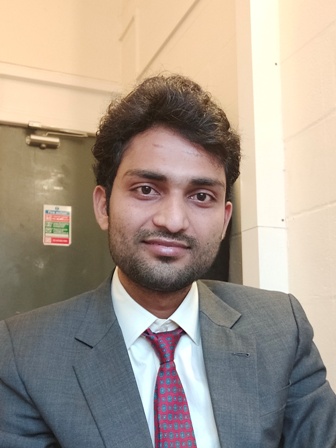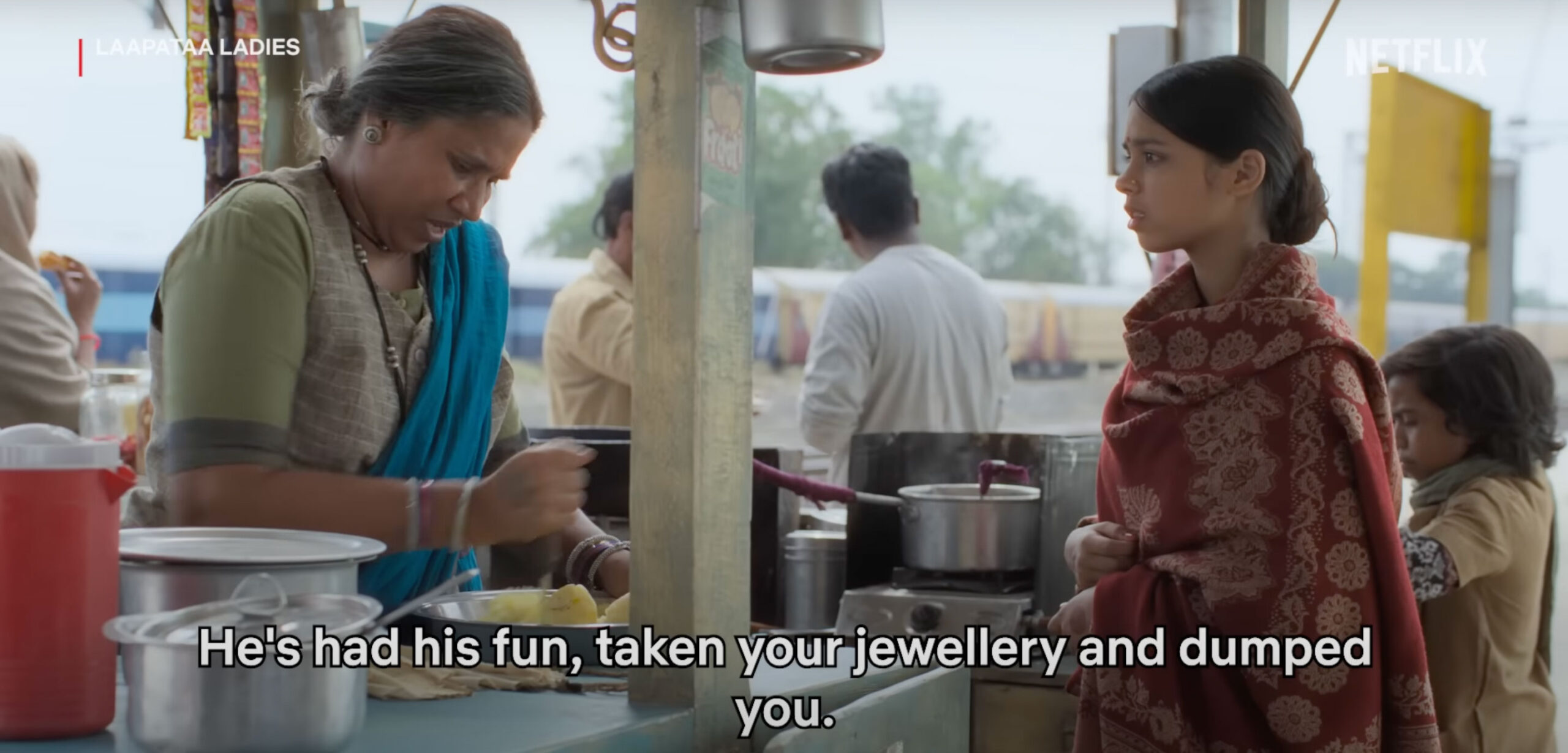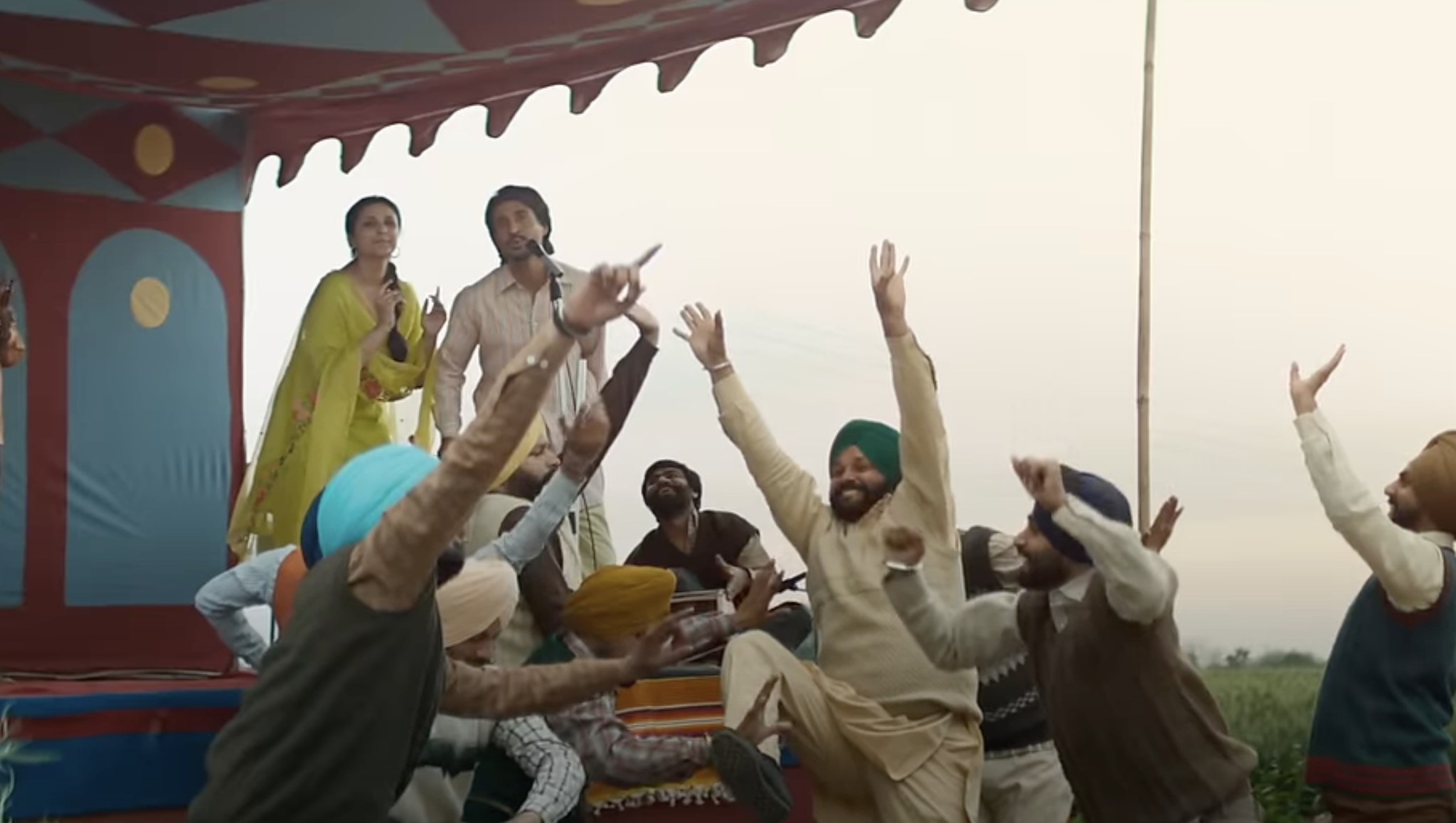I recently attended a screening of the documentary film Chaityabhumi, directed by Somnath Waghmare, at Ottershaw Village in London. It explores the significance of Chaityabhumi – the place in Mumbai where Dr B.R. Ambedkar was cremated – for the Ambedkarite movement. The screening was organized by the Buddhist Ambedkarite Maitree Sangha (BAMS), UK as part of their annual event, Dhamma Chakka Anuvattan Din. I have known Somnath since 2017 when we both attended the Tata Institute of Social Sciences, Mumbai (TISS). Despite having limited resources, Somnath has exhibited a profound dedication to creating meaningful cinematic works from an Ambedkarite perspective. His journey has seen him transition from filmmaking solo to a collaborative team effort, culminating in the creation of Chaityabhumi, a project that eventually brought him to London.
The first screening of Chaityabhumi was held at the London School of Economics (LSE), where Dr Ambedkar studied for his second masters and first doctorate. Subsequently, the documentary was screened at King’s College London, the School of Oriental and African Studies (SOAS) at the University of London, the University of Cambridge, the University of Oxford and finally Ottershaw.
As I sat next to Somnath and watched the film, the subject matter of the film resonated deeply with me, much like it would with every Ambedkarite. I remember that during my two-year stay in Mumbai, whenever I felt troubled, I would visit Chaityabhumi, sometimes alone and at other times with friends. On my first visit, I leisurely observed and examined everything present in that place, and for a long time, I gazed at Babasaheb’s stupa. At that moment, I became profoundly emotional, and the thoughts that crossed my mind, I expressed in the form of a short poem titled “Chaityabhumi and I”, which went like this:
At Chaityabhumi, I found
My own existence grounded.
A serenity so profound,
An energy unbound.
In Babasaheb’s eyes I saw
The struggles he endured for our cause.
Behind his gentle smile, I could draw
Concealed pain, yet unwavering awe.
His gaze still points us to the way,
To remain aware, lest we stray.
Just like that, deeply moved and wordless, I experienced Chaityabhumi once again through Somnath’s cinematic masterpiece. This film took me back to the same place, among the same people, where I engage in a dialogue. In the film, I saw many familiar faces, and although I may not have personally known some of them, they appeared familiar due to their collective identity.

Chaityabhumi is a significant contribution to the field of documentary cinema, particularly in the context of Ambedkarite and Dalit studies. The film’s unique perspective and innovative storytelling through ordinary-yet-extraordinary Ambedkarite people and their music make it a valuable resource for scholars and activists alike. Waghmare’s use of space is particularly noteworthy. He frames Chaityabhumi as a sacred inspirational site that is central to the Ambedkarite identity. The film’s visuals are stunning and evocative, capturing the beauty and power of this iconic location and giving it a different meaning. Chaityabhumi is also a powerful testament to the power of documentary filmmaking. Waghmare’s film has the potential to educate and inspire a global audience about the Ambedkarite movement and its ongoing struggle for social justice.
The documentary encompasses a spectrum of emotions, spanning its political, personal, social, economic, educational, musical and religious dimensions. It begins with a vibrant musical score that features iconography of the Ambedkarite movement. The song and music are made by a truck driver, not a professional composer, who also appears in the documentary. This presentation underscores the richness of Ambedkarite art forms, encompassing Jalsa, Shayari, Bhim Geet, Gaana, and Mandali, which have played a pivotal role in sustaining the movement and disseminating the ideas of Ambedkar to a diverse audience, ranging from the rural and uneducated masses to the educated strata.
Throughout the documentary, ordinary Ambedkarties take centre stage, serving as narrators who seamlessly guide the narrative, preserving the artistic integrity of the storytelling through the lens. This approach redefines and reconstructs the traditional brahmanical characterization of Ambedkarite gatherings as mere “bheed” (crowd – as in the film that goes by that name), shifting the perspective towards a sense of community spirit and individuality. The filmmaker, Somnath, successfully accomplishes this by employing an insider’s perspective on the emotions, joy, excitement and pride of being followers of Ambedkar and his Dhamma. Furthermore, through critical-thinking interviews with young and intellectually vibrant Ambedkarite academics, Somnath provides a conceptual framework to articulate and theorize the emotions associated with and the significance of Chaityabhumi from an Ambedkarite perspective, intended for a broader Indian and global audience.
Chaityabhumi also delves into the political aspect of the space, juxtaposing it with locales like Shivaji Park and different political parties espousing other ideologies. The filmmaker’s camera scrutinizes the Shiv Sena banner, juxtaposed with Ambedkarite iconography, in order to underscore the contrasting ideologies at play. One ideology suppresses marginalized communities, while the other embraces inclusivity, irrespective of social, economic, or cultural positions. The documentary unveils the State’s treatment of Ambedkarite spaces through visual evidence of the deteriorating conditions, while simultaneously highlighting the resilience and motivation of the people in the face of adversity. The camera smoothly navigates the lives of individuals at Chaityabhumi who are engrossed in activities such as purchasing books for their children’s education, acquiring symbolic representations of significance, and exploring career-counselling services, all aimed at emulating Dr Ambedkar’s pursuit of education and progress.
Somnath, akin to Nagraj Manjule who often assumes an active role in his own films, appears in front of the camera, thus signifying his participation in the event as not only a filmmaker but also as an Ambedkarite Buddhist actively engaged in the festivities. In the concluding segment, the documentary captures a cultural programme revolving around the Buddha illustrating a significant transformation as an individual (giants/evil) renounces misconduct and embraces Buddhism. This segment serves as a culmination of the film’s thematic elements. The auditory and visual backdrop of sea waves signifies the persistent momentum of the Ambedkarite movement, which endures despite the surrounding clamour, ultimately channelling this cacophony into a harmonious wave of liberty, equality and fraternity. Finally, the aerial shot provides a comprehensive and unified view of the space, encapsulating the overarching message of unity and continuity.
Forward Press also publishes books on Bahujan issues. Forward Press Books sheds light on the widespread problems as well as the finer aspects of Bahujan (Dalit, OBC, Adivasi, Nomadic, Pasmanda) society, culture, literature and politics. Contact us for a list of FP Books’ titles and to order. Mobile: +917827427311, Email: info@forwardmagazine.in)





